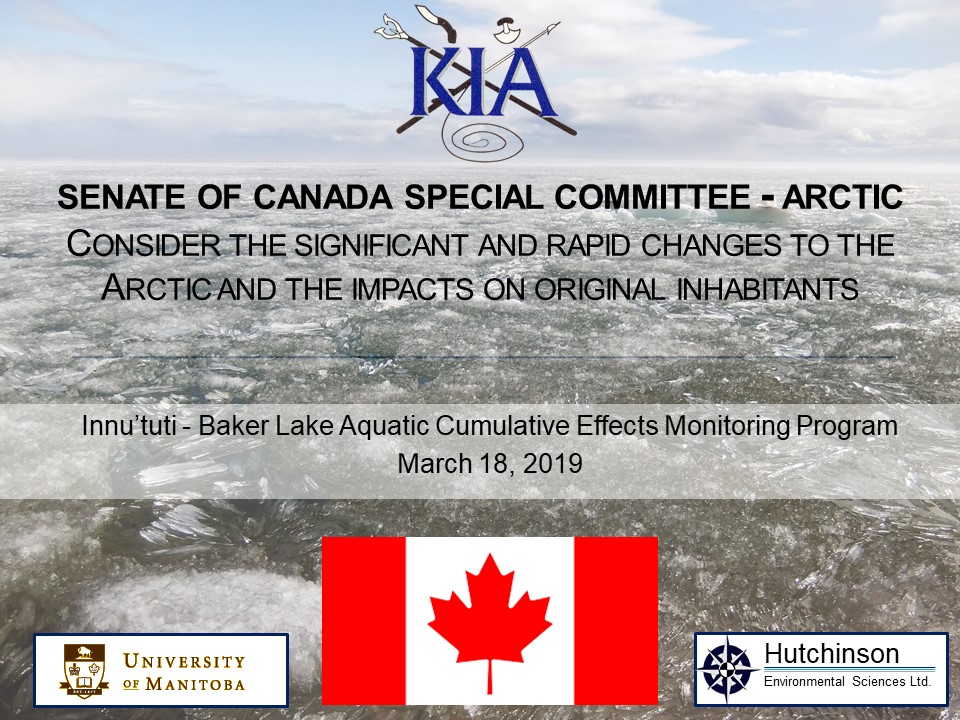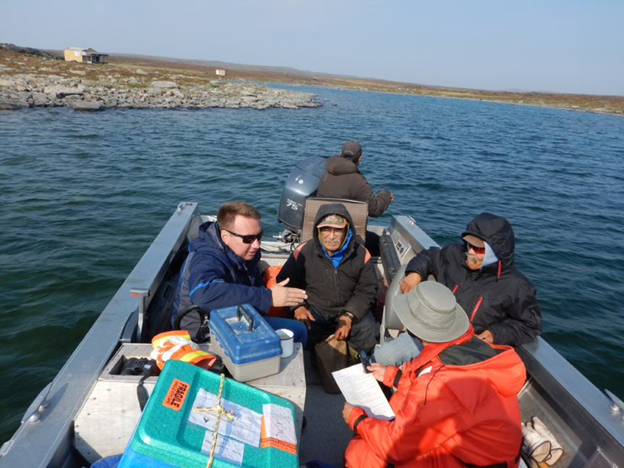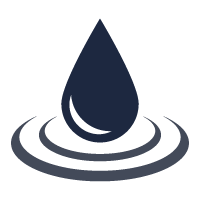To understand the potential impacts of community growth, industrial development and climate change, the Kivalliq Inuit Association (KivIA) and Crown-Indigenous Relations and Northern Affairs Canada (CIRNAC) partnered with the Nunavut General Monitoring Program (NGMP) in 2012 to develop the “High-Level Aquatic Cumulative Effects Monitoring Framework and Preliminary Program for the Baker Lake Basin,” also known as the “Inuu’tuti” initiative. Inuu’tuti or “Life Science” was the name chosen for the program by Inuit.
In 2014, the KivIA retained HESL to provide expert input into a workshop hosted by the NGMP to explore the feasibility of the program. Since then, HESL worked with the KivIA and the Project Secretariat to develop and lead the scientific program for this initiative, obtain funding, carry out baseline studies and incorporate Inuit traditional knowledge (Quajimajtuqangit) into the program.
The Inuu’tuti initiative lays out a framework to develop an aquatic cumulative effects monitoring program over 20 years. The framework aggregates water quality monitoring efforts and integrates community-based monitoring using western ecological science and traditional knowledge throughout the Baker Lake region and, ultimately, across Nunavut.
To date, this program includes:
- Submitting research funding applications to POLAR Canada with successful outcomes.
- Consolidating existing aquatic environmental data within the project area.
- Implementing a multi-season sampling program to document existing conditions in Baker Lake.
- Refining the existing joint KivIA/CIRNAC surface water quality monitoring programs.
- Developing a custom water quality and quantity database for use by the KivIA.
- Collaborating with federal, territorial and industry stakeholders to ensure continuity of third party aquatic environmental data collection.
- Integrating detailed traditional knowledge from Elders and members of the Hunters and Trappers Organization in Baker Lake into the design and interpretation of conventional scientific monitoring programs.
- Leading aquatic monitoring training programs for KivIA and CIRNAC staff.
- Disseminating key scientific information to community members by preparing newsletter articles, producing informational posters, answering community questions on a Baker Lake radio call-in show, and leading presentations at the Baker Lake High School and at the ArcticNet 2015 Conference.
Through knowledge refinement, development, documentation and capacity building, the scientific program helps monitor and mitigate the potential impact of ongoing changes to Baker Lake’s water quality. Ultimately, this work resulted in increased understanding and trust among initiative stakeholders, two scientific papers and a presentation to a special committee of the Senate of Canada in March 2019.
Project Lead(s):
Clients:
- Kivalliq Inuit Association
- Nunavut General Monitoring Program
- Crown-Indigenous Relations and Northern Affairs Canada
Location: Baker Lake Basin, Nunavut
Sector:
- Government
- First Nations Groups
Date of Project: 2014 – Ongoing
Services Provided:





